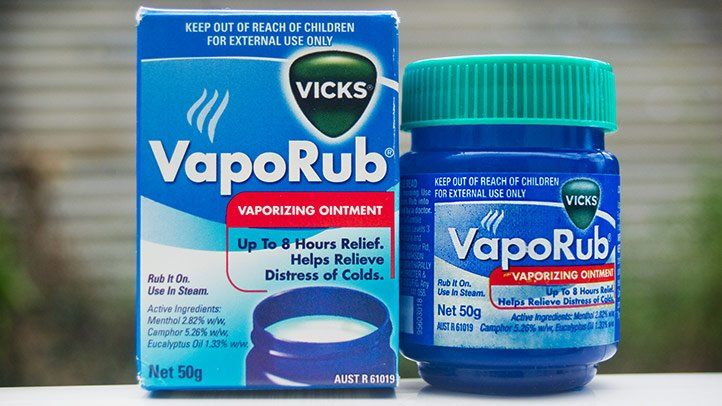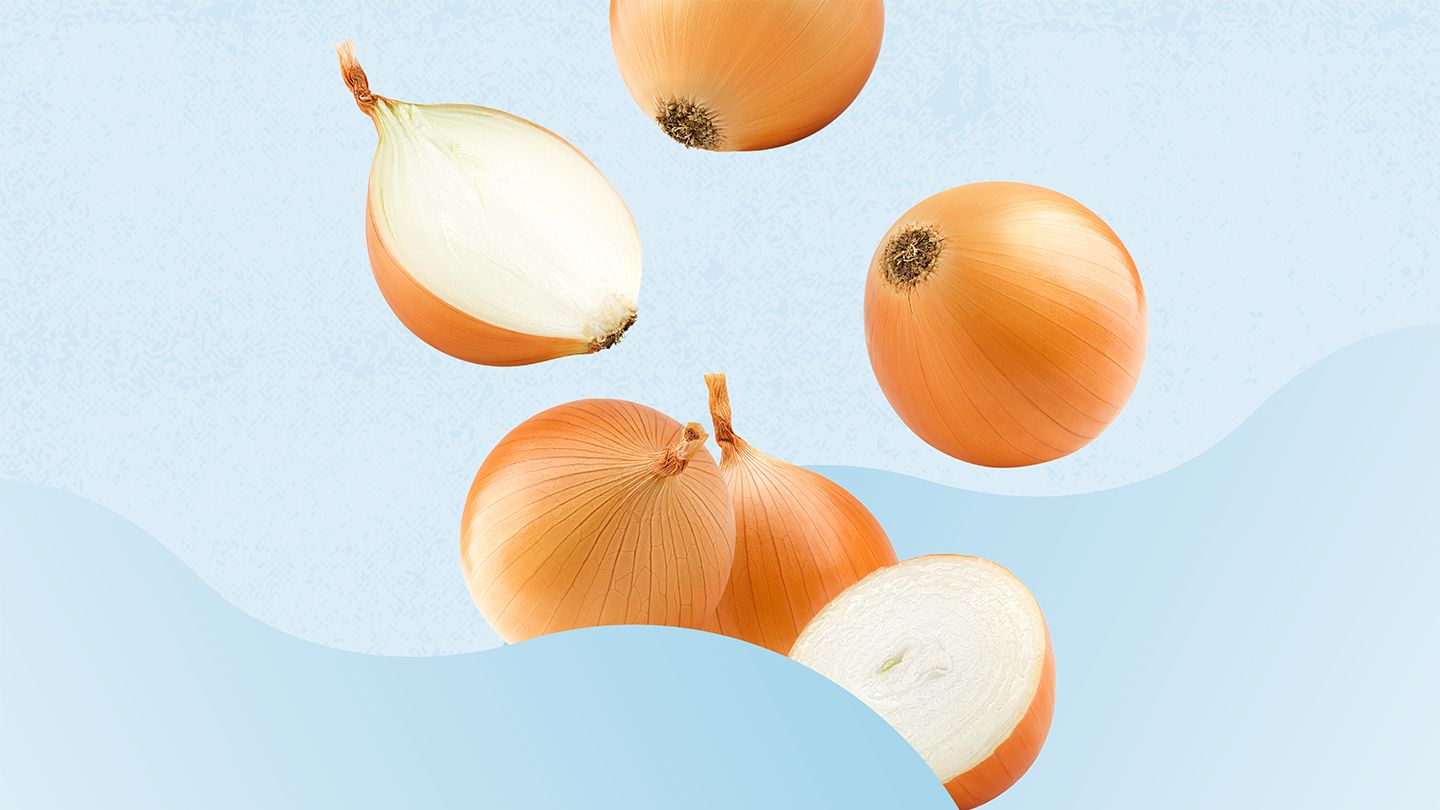Exploring the Science Behind Nasal Mucus
Nasal mucus, commonly known as snot or boogers, often gets a bad rap for being unpleasant and messy. However, the slimy substance lining our nasal passages actually serves important biological functions. By learning more about nasal mucus and examining photos, we can develop a deeper appreciation for this unsung hero of respiratory health.
What Is Nasal Mucus?
Nasal mucus refers to the sticky, viscous fluid secreted by the mucous membranes lining the nasal cavity. The main components of mucus are water, salts, antibodies, and mucins ‒ large proteins with attached carbohydrates. Mucins absorb water like a sponge, allowing mucus to trap incoming bacteria, viruses, and debris before they can enter the lungs. In this way, nasal mucus serves as our first line of immunological defense against airborne pathogens.
Functions of Nasal Mucus
Far from being a nuisance, nasal mucus performs several critical protective roles:
- Traps inhaled particles and pathogens
- Moisturizes nasal tissues
- Contains antibodies to fight infection
- Sweep foreign particles out of the nose and throat
Without this viscous, gel-like substance coating nasal passages, our respiratory tract would be vulnerable to irritation, inflammation, and illness.
The Nasal Mucus Spectrum
Nasal mucus can take on many appearances depending on environmental factors and health status. The typical color varies from clear to white or pale yellow. As the nasal membranes fight infection, mucus often thickens and turns green or brown with a yellowish, reddish, or brownish hue.
Examining the properties and particulate matter trapped within nasal mucus provides clues into respiratory health. Occasionally, we remove mucus manually by blowing our noses or picking away dried flakes.
Photographic Insights Into Nasal Mucus
Visual references allow us to inspect nasal mucus more closely and develop an informed perspective. Let’s explore some key phenomena evident in mucus photos.
Dried Nasal Mucus
When nasal mucus dries inside the nostrils or drips down the septum, it leaves behind solid, crystalline chunks of pale yellowish snot or dark green boogers. These dried flakes originate from the protective film of nasal fluid covering respiratory pathways.
As mucus loses moisture, dense residues concentrate. Over time, gravity pulls these hardened deposits out of nasal passages where they accumulate as noticeable debris inside or below the nostrils.
Tinted Nasal Discharge
Vivid colors in nasal mucus often arise in response to respiratory infections or allergy irritation. For example, pink or reddish snot indicates minor bleeding from inflamed capillaries inside the nose.
Thick yellow mucus demonstrates concentration of disease-fighting antibodies and cell remnants from damaged tissues. Dark olive or greenish mucus occurs when high white blood cell counts tint the usual transparent film protecting nasal passages.
Solid Nasal Matter
In addition to colored mucus, sometimes semi-solid globs emerge during nose blowing. These gelatinous blobs envelop pathogens, allergens, and debris en route out of the body.
Rather than dissolved liquid, sticky nasal secretions congeal around irritants destined for expulsion. Images of these veiny, spongy masses inspire fascination for the intricate filtration mechanisms active inside nasal architecture.
Appreciating the Role of Nasal Mucus
Photographic insights dispel misconceptions surrounding nasal mucus and snot. Far from superfluous or unattractive, these slippery secretions represent an elegant, efficient system for respiratory defense and homeostasis.
Next time you grab a tissue, remember the intricate immunology operating inside your nasal passages. With deeper knowledge comes greater awe for the human body’s ingenious protection strategies.
FAQs
What is the function of nasal mucus?
Nasal mucus plays several critical protective roles: It traps inhaled particles and germs, moisturizes nasal tissues, contains antibodies to fight infection, and sweeps debris out of the nasal cavities and throat.
Why does mucus change color?
Nasal mucus can change color in response to irritation, inflammation, or respiratory illness. For example, yellow or green mucus indicates the presence of antibodies and white blood cells fighting an infection.
What causes dried mucus chunks?
Chunks of dried nasal mucus form when the normal moist mucus secretions lining the nasal passages lose moisture over time. Gravity eventually pulls these hardened boogers and flakes out of nasal airways.
Should I be concerned about blood in mucus?
Finding blood or a pinkish tinge in nasal mucus could signify minor bleeding from irritated nasal tissues. However, bloody nasal discharge should be evaluated by a doctor, as it can indicate more serious conditions.
Disclaimer: This article is for informational purposes only and does not constitute medical advice. Always consult with a healthcare professional before starting any new treatment regimen.
Related Coverage
Onion honey packs a punch against colds with anti-inflammatory, antimicrobial and throat-soothing properties. Learn how to make and take this sweet and savory DIY remedy....
Learn how over-the-counter medications, antivirals, home remedies and responsible health precautions can relieve miserable symptoms while speeding recovery from colds and flu....
GetNosey with mind-blowing runny nose facts plus hilarious mucus and phlegm jokes! Learn astonishing nasal discharge truths embracing snot sensations humorously....
Learn about the risks and benefits of using Vicks VapoRub in bathwater. Understand safety concerns over camphor and other ingredients when heated and inhaled....
Find Rapivab dosage for adults, children, and renal patients, with prep steps, safety tips, and quick infusion guidance....
Learn tactics for getting restorative sleep while dealing with annoying night coughs, congestion and body aches from colds and flu....
Onions and honey each offer unique healing and nutritional benefits from colds to wounds and heart health. Learn how this powerful pair can boost your overall wellbeing....
Soothe swollen, inflamed nasal and sinus passages using anti-inflammatory ginger, peppermint, licorice, chamomile teas. Clear your head naturally....
Discover 8 natural remedies to help relieve flu symptoms like hydration, zinc, elderberry, vitamin C, chicken soup, humidifiers, saltwater gargles and herbal tea....
Soothe sinus pain and pressure with effective natural remedies like steam, salt therapy, herbs, and diet changes. Natural treatments provide safe sinusitis relief....









